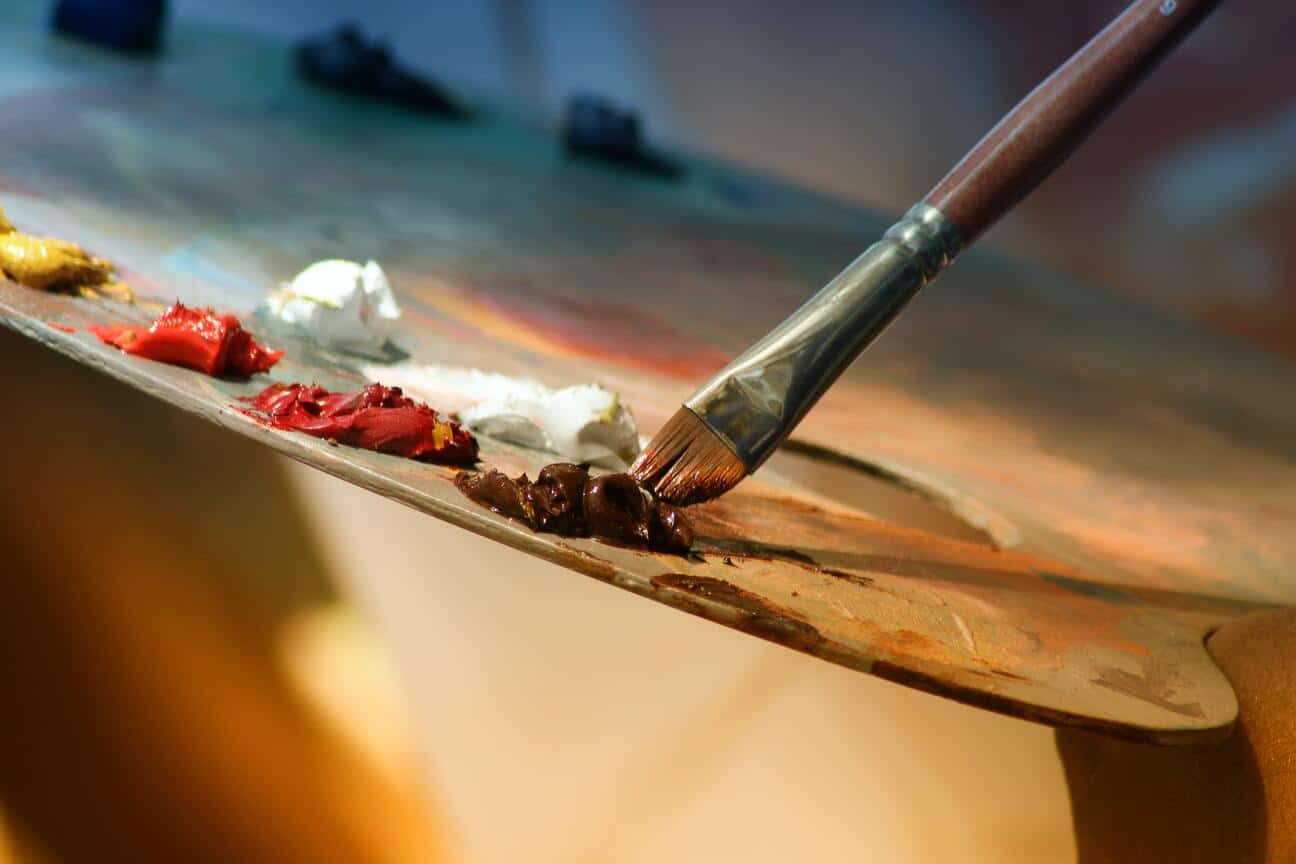
March 24, 2022
In expressive arts therapy, psychology and the creative process are combined to facilitate emotional growth and healing. Multi-arts therapy and counseling uses our inborn desire to create – be it music, theater, poetry, dance, or any other artistic form – to initiate change. In contrast with art therapy, expressive arts therapy draws from a variety of art forms, while art therapy tends to be based on one particular art form.
When It’s Used
Children and adults use expressive arts therapy, either individually or in groups, to nurture growth and transformation. Expressive arts therapy for children with behavioral issues might include music, movement, or finger painting. Observing the child’s process, behavior, and impulses, the therapist encourages the child to talk about his or her experiences. Journaling, storytelling, reading literature and poetry, and making life maps, videos, and memory books are all forms of expressive art therapy that can help older people review and make meaning of their lives, as well as engage with family and other significant people in their lives.
Here’s what to expect
In expressive arts therapy, you use multiple senses to explore your inner and outer worlds through the experience and creation of various art forms. With the help of your therapist or counselor, you can express your feelings about art making, and together you can highlight and analyze your problems and issues. The therapeutic work is based on the creative process, not the final product, so it is not necessary to have a background or training in the arts to benefit from expressive arts therapy. You learn through this process to use the mostly nonverbal language of creativity to communicate inner feelings that you could not previously express simply by thinking about them or talking about them.
©2025 Angelina H. Rodriguez, Ph.D., LPC-AT/S, ATR-BC
4747 Bellaire Blvd., Ste. 545, Bellaire, Texas 77401 | Call 832-986-8477
Office Hours: MON - FRI 9:00 am to 6:00 pm
Privacy Policy | Site Map
Leave a Reply